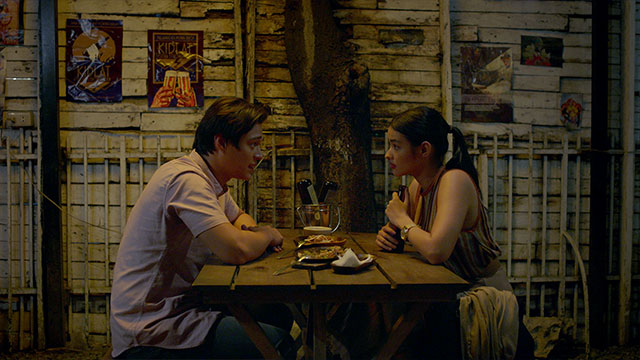
The virtual landscape has been used as a tool to develop the real world however, this domain itself also has a design value. Our results can help frame the design and engineering of VR exergames that are targeted at elderly users to help them have an enhanced gameplay experience and improve their health. Results showed that the presence of the NPC audience with responsive feedback led to higher performance (with a higher success rate of performing gesture actions, more successful combinations of actions (or combos for short) performed, and more opponent’s combos prevented) and better gameplay experience (with higher levels of competence, autonomy, relatedness, immersion, and intuitive controls) of elderly players. In a user study, we used 120 NPC in a virtual audience. To fill this gap, this work examines the effect of an NPC audience and its associated feedback (with/without) on elderly users of VR exergames. However, there is a limited exploration of the use of an NPC audience in virtual reality (VR) exergames, especially focusing on elderly players. The inclusion of an audience with non-player characters (NPC) is common in videogames in general. Similarly, in videogames, players’ gameplay could be affected if there is an audience and its feedback in response to players’ performance in the environment. The presence of an audience and its feedback could affect people’s performance and experience during an event, especially related to sports such as tennis or boxing. Our results indicate that much more work is needed to ensure, especially the social, as well as the technical accessibility of multiplayer games. We identified four themes from our data that explain why multiplayer games are played less, which are: playing company and insecurity about one’s own skills, lack of relaxation while playing, lack of game accessibility, and lack of interest. However, disabled people reported that they play single-player games more often. The findings suggest that disabled people play both single-player and multiplayer games and they play games for the same commonly reported reasons as players without disabilities do, although demographics seem to be a key differentiating factor among them in their playing habits, rather than disability differences. This study aims to answer the following research questions: (a) What kind of games do disabled people play? and (b) Why do disabled people not play multiplayer games? The questions are answered using survey data focusing on playing digital games as a person with disabilities.

While research indicates that they actively play single-player games, we lack an understanding of their experience with multiplayer games. Within gamers, disabled people remain an understudied minority. Los resultados de este estudio ofrecen un matiz sobre la forma en que ciertos propósitos e incentivos del juego pueden predecir los resultados del capital social. Confirmando parcialmente los roles de género y capital social, tanto el capital social puente como el vínculo fue mayor entre las jugadoras. Además, siguiendo la teoría de los usos y gratificaciones y la teoría del capital social, las motivaciones de los sabelotodo y las socializadoras, así como los comportamientos de socialización, están positivamente asociados con el capital social. En consonancia con la teoría de los roles de género, las jugadoras participaron en mayores comportamientos de socialización. Las personas que participaron fueron jugadores estadounidenses (N = 1.027 65 % mujeres) del un juego de fantasía popular entre las jugadoras. Overall, this work sheds light on the social interactions in LBGs as hybrid spaces.Įste estudio combina datos encuestas y comportamientais para examinar las conexiones entre las motivaciones sociorrelacionales, los comportamientos de socialización y el capital social del juego. However, we observed that the interoperability issue challenges people’s experience. In such external social media groups, spontaneously formed leadership roles and mentor-mentee relationships demonstrate autonomy among players in the hybrid space. Our findings demonstrate that new social dynamics occurred: participants’ social interactions highly rely on external social media groups bridging cyberspace and the physical world. We interviewed 41 Pokémon GO players to understand how players coordinate and collaborate for in-person/remote raids and other social patterns. In April 2020, the new in-person/remote raiding format in the LBG Pokémon GO provided a lens to explore people’s social interactions in hybrid spaces.


Yet, the impact LBGs have on sociability remains under-researched. Location-based games (LBGs) with social components are a good case. The overlaying of physical spaces with digital information produces hybrid spaces, redefining people’s experience of social interactions.


 0 kommentar(er)
0 kommentar(er)
